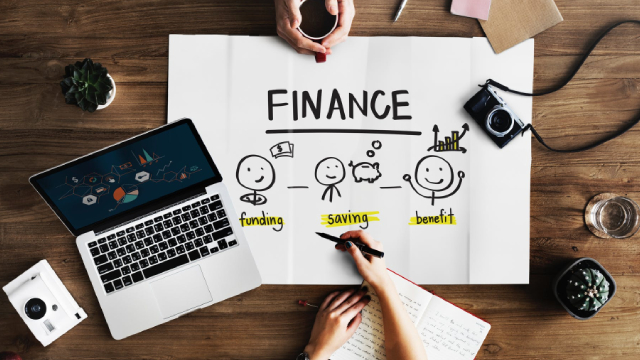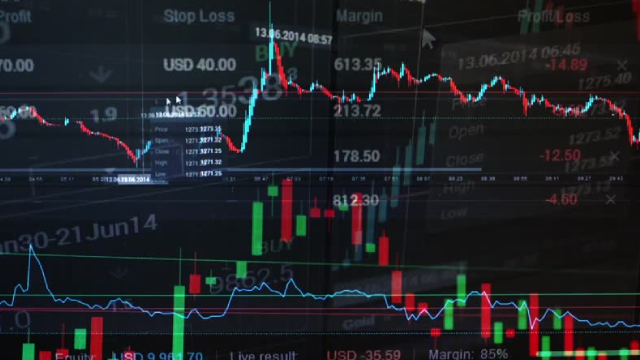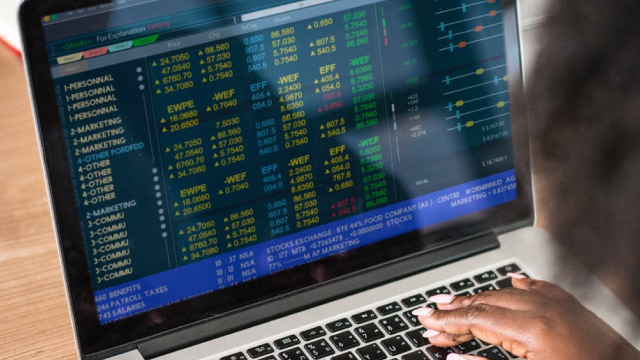HYG Stock Recent News
HYG LATEST HEADLINES
HYG is a well-diversified ETF with $15.7 billion in net assets, 1,274 holdings, and an average yield to maturity of 7.17%. To be able to compete with HYG we need to analyze the entire sector of baby bonds. The fixed-income bond sector is analyzed by categorizing bonds above and below par, focusing on credit scores and yields for a comprehensive view.
HYG Vs. LQD: Excess Returns With Lower Duration, Minor Credit Risk Increase
Today, First Trust Advisors announced it is expanding its roster of Target Income ETFs with the launch of three new funds. Each of these Target Income ETFs looks to generate current income with a secondary goal of capital appreciation.
Interest rates are historically high. Bonds often offer higher yields than REITs. Yet, REITs crush them over the long run. Here's why.
The closed-end fund space saw a significant narrowing of discounts throughout 2024 as equity markets charged higher and now discounts remain tight heading into 2025. In particular, equity CEFs have seen significantly narrowed discounts along with taxable fixed-income, though municipal bond funds look relatively attractive after widening discounts in December. We are screening for funds with the deepest discounts and widest z-scores to find potential buys and funds that may be getting a bit pricey as sell candidates.
Default risk is rising, and high-yield credit is underpriced; I recommend caution until after a credit event for better opportunities. The iShares iBoxx $ High Yield Corporate Bond ETF offers access to high-yield bonds but is sensitive to economic cycles. HYG's broad indexing and low fees are attractive, but its market-value weighting leans towards highly indebted companies, increasing risk.
The U.S. high yield bond ETF category has a new asset leader. The iShares Broad USD High Yield Corporate Bond ETF (USHY) is now the largest high yield bond ETF in the market, with assets totaling $15.9 billion as of Aug.15.
I wrote about long bonds TLT starting in June and how they could be the next big trade. They were, but for a week or so only at this point.
This ETF Edition highlights 12 less covered exchange-traded fund ideas on Seeking Alpha from June 1st - July 15th. ETFs in our first edition include Saba Closed-End Funds, iShares 20+ Year Treasury Bond BuyWrite Strategy, Global X Russell 2000 Covered Call, Invesco S&P 500 GARP, and more. Managed futures are in focus with one ETF idea where the author writes they "offer potential for maximizing income, boosting returns, and reducing volatility in a portfolio".
These four ETFs have different yields and risk profiles. Exchange-traded funds provide a diverse portfolio.









